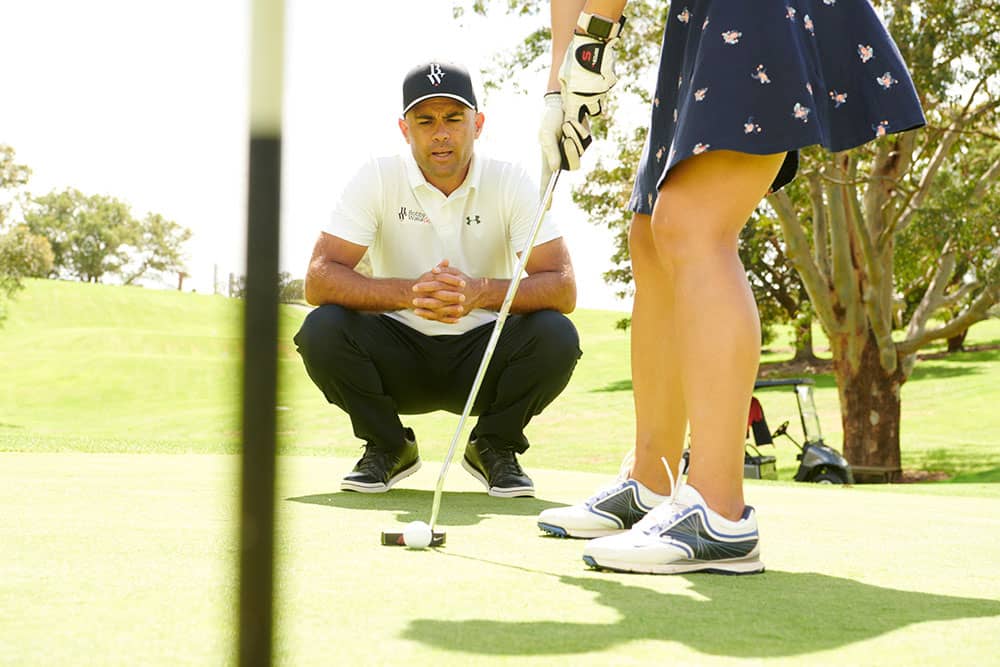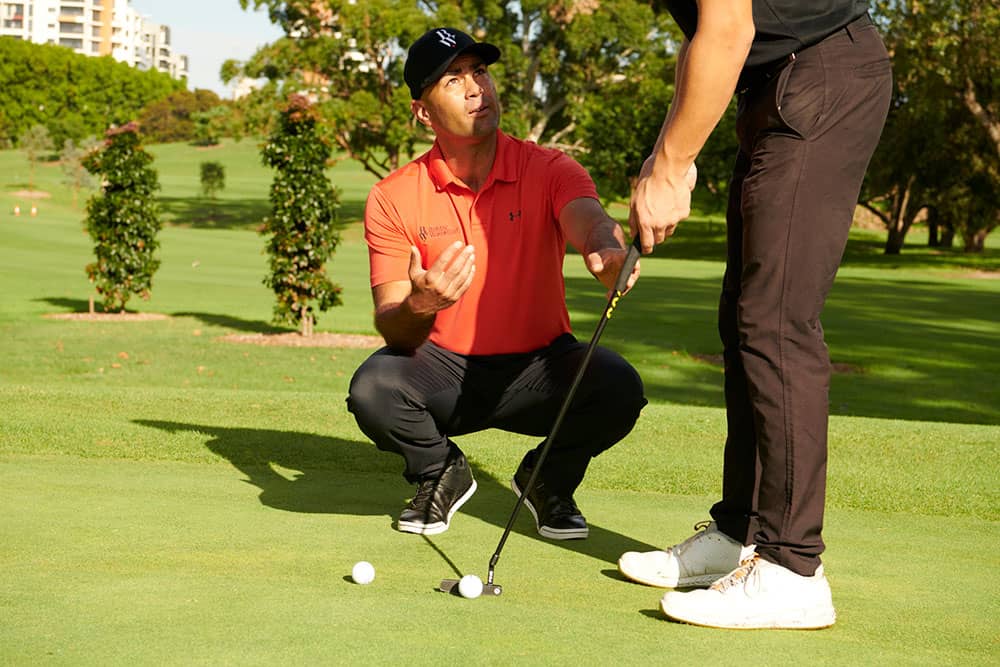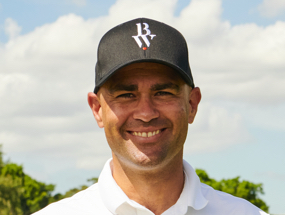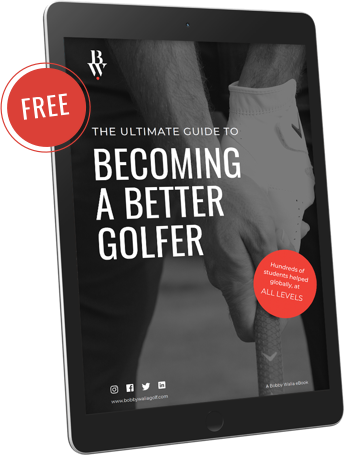Finding the right putter grip can have a significant impact on your golf game. We’ve created a guide to the different putter grip styles and putter grip sizes to help you choose the right one for you.
Here, we’ll look at the two key factors to consider when choosing a putter grip: grip size and grip style.
Putter Grip Size
The size of your putter grip depends on your personal preference, skill level, and the size of your hands. Here, we’ll look at the pros and cons of the common putter grip sizes and who they are best suited to.
-
Oversized Putter Grips
Also known as oversize or jumbo putter grips, bigger putter grips help encourage a smoother swing thanks to the large surface area they offer. Bigger putter grips are typically close to the maximum size of 1.75 inches or 44.45mm.
Ideal for: Players who want to control their stroke with larger muscles rather than so much hand or wrist action; higher handicap golfers; players with large hands or thick gloves; individuals with arthritis.
- Pros of a bigger putter grip:
- Great for a smoother swing
- More surface area to grip, offering better contact
- Improved putting accuracy
- Reduction in the putter face angle as it contacts the ball
- Ideal for golfers who struggle with grip pressure that is too tight
- Reduced twisting and movement in the wrists, fingers, and hands through the stroke
- Can encourage the activation of larger arm muscles
- Cons of a bigger putter grip:
- Often heavier than standard-sized putter grips (this may take some time to adjust to the different feel)
- Pros of a bigger putter grip:
-
Midsize Putter Grips
As the name implies, midsize putter grips offer a size that is in-between that of an oversize putter grip and a standard size putter grip.
Ideal for: Golfers who want the best of both worlds (the feel of a standard putter grip mixed with the control of a bigger grip); players who want to quiet their hands and focus on using larger muscle groups during the swing; individuals with arthritis- Pros of midsize putter grips:
- Helps keep the hands and wrists quiet while still offering a good deal of feedback
- Allows your hand to have to bend and close less
- Improved feel for more powerful golfers
- Helps promote a square clubface on impact
- Relieves grip pressure for individuals with smaller hands
- Cons of midsize putter grips:
- May take some getting used to
- Pros of midsize putter grips:
-
Standard Size Putter Grips
Standard size putter grips are the smallest out of the oversize and midsize putter grips.
Ideal for: Players who prefer to feel the activation of the smaller muscles in the wrists and hands during a stroke; golfers with smaller hands; golfers that tend to slice the ball
- Pros of standard size putter grips:
- Maximum feedback, even during the slow speed of putting
- Improved club control
- Potential for better accuracy
- Cons of standard size putter grips:
- May be too small for certain players, allowing for too much grip pressure
- Not ideal for individuals with arthritis
- Pros of standard size putter grips:
Which Putting Grip Style Is Ideal for You?
Your putting grip style dictates how efficient your stroke is and how your hands and wrists engage during the swing. Some golfers stick to one grip style, while others utilise multiple grips.
While it will take some experimentation to determine which putting grip style is right for you, here is a look at the pros and cons of the different putting grip styles.
*These descriptions are intended for right-handed players – reverse the order if you are left-handed
- Left-Hand Low Putting Grip
- Also known as: Cross-handed, lead-hand low
- Ideal for: Players who want to quiet their hands; golfers struggling with the conventional grip styles; players who struggle with shorter putts or distance control
- Wrist Lock Putting Grip
- This putting grip style involves placing the left hand near the bottom and using the right hand to press the left forearm to the club’s handle
- Ideal for: Golfers looking to decrease the influence of their right hand; players looking to activate the larger muscles of the shoulders and arms to create a more steady stroke; players with tense hands or overactive wrists
- Conventional Putting Grip with Reverse Overlap
- This common putting grip is the opposite of left-hand low and involves placing the right hand below the left.
- Ideal for: Players looking for a grip style that feels comfortable and natural; beginners; players struggling with other grip styles
- The Claw Putting Grip
- Also known as: The Saw Putting Grip
- Several variations of the claw grip exist, with the most popular being: left hand on top, right wrist/palm facing toward your waist by grabbing the handle between your right thumb and forefinger
- Ideal for: Golfers who want to push out of their comfort zone and try a unique grip; golfers wanting to experiment with all grip styles
The Best Grip Styles for Putting Grip Sizes
Again, grip style and grip size come down to personal preference. However, these are some of the most common pairings we tend to see among players:
- Traditional Grip Style – (for right handed golfers, this means right hand low)): Standard or Midsize
- Cross-hand or Left-hand low – Oversize or midsize grip
- Pencil or Claw-style – Any grip size or shape
Want More Tips for Improving Your Golf Game?
Transform your golf game and gain confidence with online coaching, my online golf academy, or in-person lessons. Whether you are brand new to the game or an experienced golfer, I’d love to help you build your skills and enjoy the game more. Reach out today for personalised advice or to set up a coaching session.




